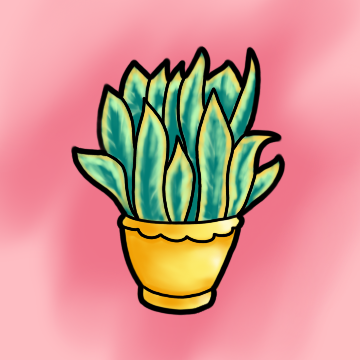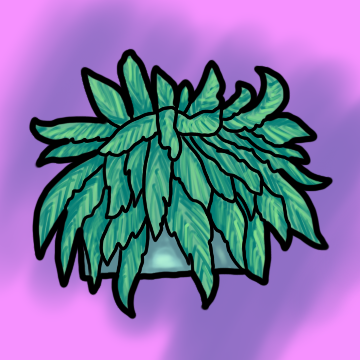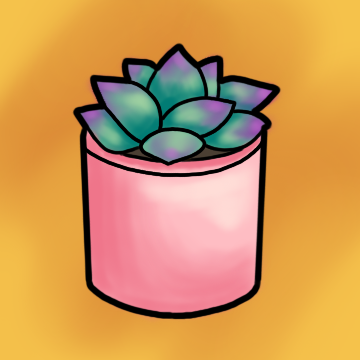It’s that time of the year when all of the plant owners wonder what they’ll do with their outdoor plants. Should you transplant them? Cut them down? Let them die?
What to do with outdoor plants will depend on a lot of things. For example, the type of plant,, if it’s a perennial or an annual, what direction the windows are facing, and whether they’re planted in the ground or in a pot.
According to Martin Stone, an associate professor of horticulture,, if a plant is in the ground, it should be cut a couple inches above the ground to protect the crown of the plant.
“The crown is the junction where the stem tissue at the ground level is growing slightly above or slightly below the ground level, depending on the plant, and just below that where it transitions into root tissue,” Stone said.
Stone said the crown is the beginning point for next year’s growth.
“If you let that die, of course, you’ve lost that plant,” Stone said.

Another factor to consider for winter plant care is what window to place potted plants in front of.
“If you have a north-facing window, then you’re at a real disadvantage for growing a lot of plants, especially in the winter time, because it never gets much sun,” Stone said.
For a north-facing window, Stone said he recommends plants like mosses, ferns, snake plants or cast-iron plants.
With a south-facing window, there are a lot more options.
“The world really opens up for you, even in the winter time,” Stone said. “You can grow semi-shady, semi-sunny things in the east and west windows as well.”
Some plants that can thrive in semi or low light are ivy, snake plants, and parlor palms.

Stone is passionate about his love for plants. He has a farm where he grows pawpaws, blueberries and blackberries. Stone also has many outdoor and indoor plants.
“We have Japanese maples, weeping conifers and variegated spruces. It’s one thing to have flowers, but I find that the pine and the spruce and the conifers are eternally green and eternally interesting,” Stone said.
The average college student may not want to spend as much energy curating such an ornate variety of plants. Micah Treves, a senior agriculture major from Louisville recommends succulents as a more practical solution.
“Succulents are a big hit for those without a green thumb,” Treves said. “They are so easy to take care of, and they are easy to have outside and bring inside in the winter because they can withstand extreme conditions.”
Treves works for Pea Ridge Produce, which grows produce to sell at farmers markets.
“We grow a lot of stuff, like strawberries and tomatoes, but now we sell things like broccoli, cabbage and succulents,” Treves said.

He said he finds it rewarding to be able to grow food to give back to the community.
Treves doesn’t have many plants at his home, however, because he gets his plant fix through his job and education. He does have a few indoor plants, and he also has some advice to offer when it comes to taking care of outdoor plants in the winter.
“It depends on the hardiness and the growing season of the plant,” Treves said. “You can save an annual if you want, but you would have to re-pot it with new soil that has higher levels of nutrients. Annuals usually need high light, so put them near the sunniest window possible.”
Treves said perennials are the best option because they are more likely to withstand the temperatures of the winter, as long as they are cut down before the first frost.
There is a great variety in the likelihood of winter survival between different plants, so be sure to keep this in mind when thinking about how to care for them when winter arrives.


